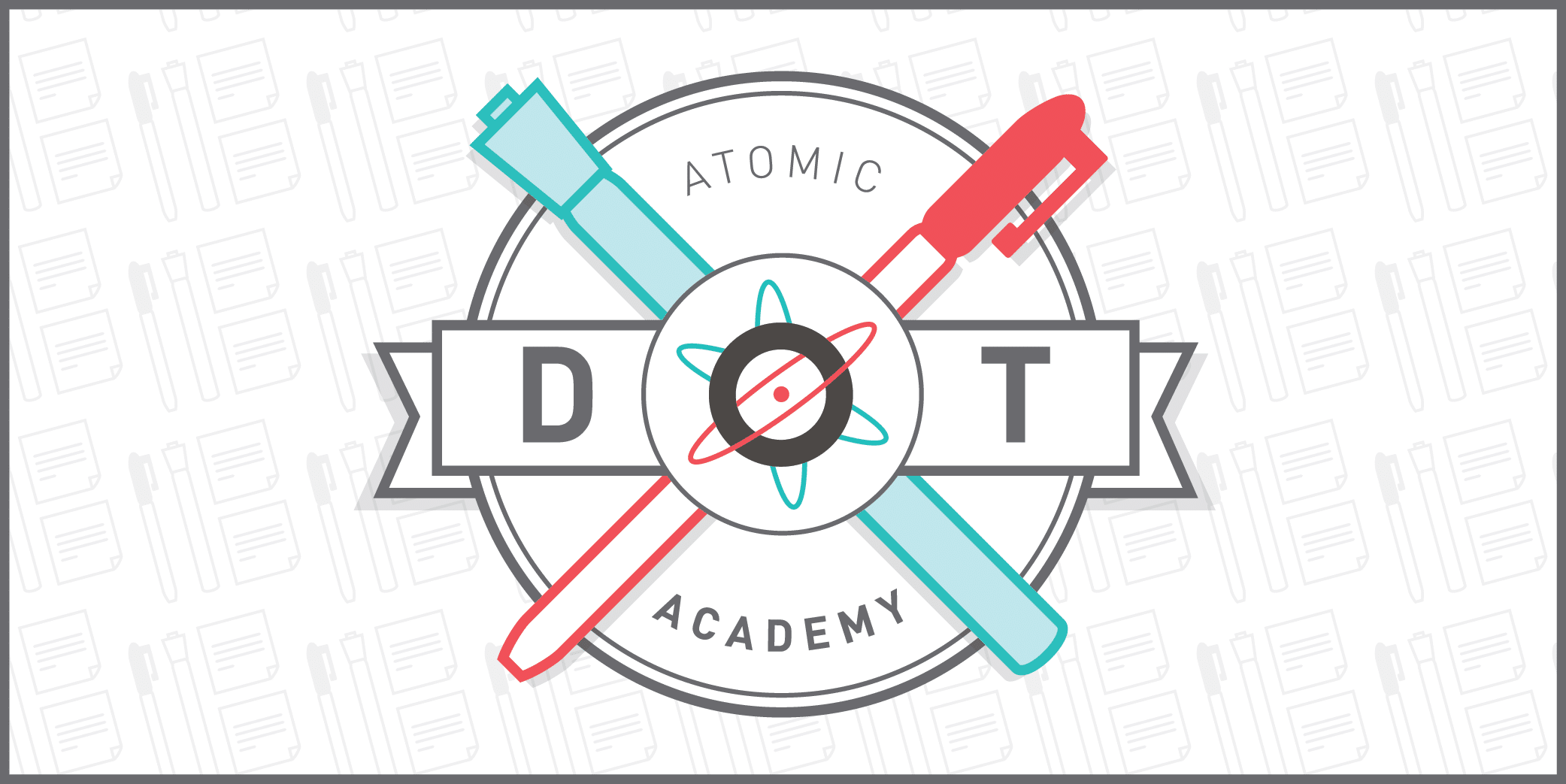Article summary
It’s time to think big and envision a grand future for your project or organization. Cover Story asks participants to suspend reality and dream up a story worthy of the cover of a major publication.
| Primary Goal | To dream big about future goals |
| When to Use | As a jump start for ideation |
| Time Required | 20-40 minutes |
| Number of Participants | 1-10+ |
| Who Should Participate? | Any members of the team |
| Supplies | Magazine template and drawing utensils |
Cover Story is an activity that requires vision, imagination, and wit. Participants will dream of a future state that is so mind blowing, it lands the organization on the cover of a famous magazine.
Interestingly, the strength of this activity lies in the fact that participants will pretend that this future has already taken place — the goal has already been achieved! This line of thinking helps people envision how big ideas can become a reality. All you need is a little imagination.
Prep the Template
To get started, choose a publication that’s appropriate for the organization’s industry. For example, a financial institution might land the cover of The Wall Street Journal. For a medical-focused business, it could be The New England Journal of Medicine. You can also allow participants to choose a publication where they’d like to see the company featured. They may even surprise you with an unexpected, aspirational, industry-jumping choice.
Now make the cover story template. You could create this on 8.5 x 11 sheets of paper, on large Post-it canvas sheets, on sections of whiteboard, or even digitally for remote collaboration by using tools like Mural or Miro.
The template should include the following sections:
- Brainstorm – Initial ideas and notes for the cover story
- Cover – An image showing the company’s success
- Headline(s) – Punchy quips describing the substance of the cover story
- Sidebars – Notable tidbits from the cover story
- Quotes – Comments from relevant organization members or famous fans
- Images – Illustrations, graphs, and/or photos that support the article
Organize the template however you see fit. Feel free to get creative and add additional sections.
For smaller groups (six or fewer), each participant should have their own copy of the template to complete. For large groups, break participants into teams of two to four.
Run the Activity!
Pass out the templates to individuals or groups. Describe the activity and the purpose of each segment of the template. Then guide the group through the process of completing the template.
- Brainstorm big stories. Encourage wild and wacky ideas. If you’re working with large groups, have everyone do this step on their own. Then add another five minutes for each person to present their ideas to the group. (5 minutes)
- Select one story to use for the rest of the activity. (3 minutes)
- Push the story a little further. What would really send it over the top? Challenge participants to dig deep into their creative reserves. (3 minutes)
- Complete all sections of the template using your chosen story. (20 minutes)
- Present your story to the group.
Once all stories are shared, circle back and have everyone dot vote on favorite stories or discuss which ones really resonated. Note any common vision themes and areas of agreement. Ask for observations, insights, and concerns about the future state. If any stories really stick, discuss what steps the company would need to take to achieve that goal. OKR would be a great activity to follow this one.
Dream big! And let us know in the comments how you ideate with teammates.
This activity is based on the The Grove Consultants International’s Leaders Guide.
Atomic’s Design Thinking Toolkit
- What Is Design Thinking?
- Your Design Thinking Supply List
- Activity 1 – The Love/Breakup Letter
- Activity 2 – Story Mapping
- Activity 3 – P.O.E.M.S.
- Activity 4 – Start Your Day
- Activity 5 – Remember the Future
- Activity 6 – Card Sorting
- Activity 7 – Competitors/Complementors Map
- Activity 8 – Difficulty & Importance Matrix
- Activity 9 – Rose, Bud, Thorn
- Activity 10 – Affinity Mapping
- Activity 11 – Speed Boat
- Activity 12 – Visualize The Vote
- Activity 13 – Hopes & Fears
- Activity 14 – I Like, I Wish, What If
- Activity 15 – How to Make Toast
- Activity 16 – How Might We…?
- Activity 17 – Alter Egos
- Activity 18 – What’s On Your Radar?
- Activity 19 – The Perfect Morning
- Activity 20 – 2×3
- Activity 21 – How Can I Help…?
- Activity 22 – Cover Story
- Activity 23 – Crazy 8s
- Activity 24 – Abstraction Ladder
- Activity 25 – Empathy Map
- Activity 26 – Worse Possible Idea
- Activity 27 – Pre-Project Survey
- Activity 28 – The Powers of Ten
- Activity 29 – SCAMPER
- Activity 30 – Design Studio
- Activity 31 – Forced Connections
This is an updated version of a post originally published in June 2020.

